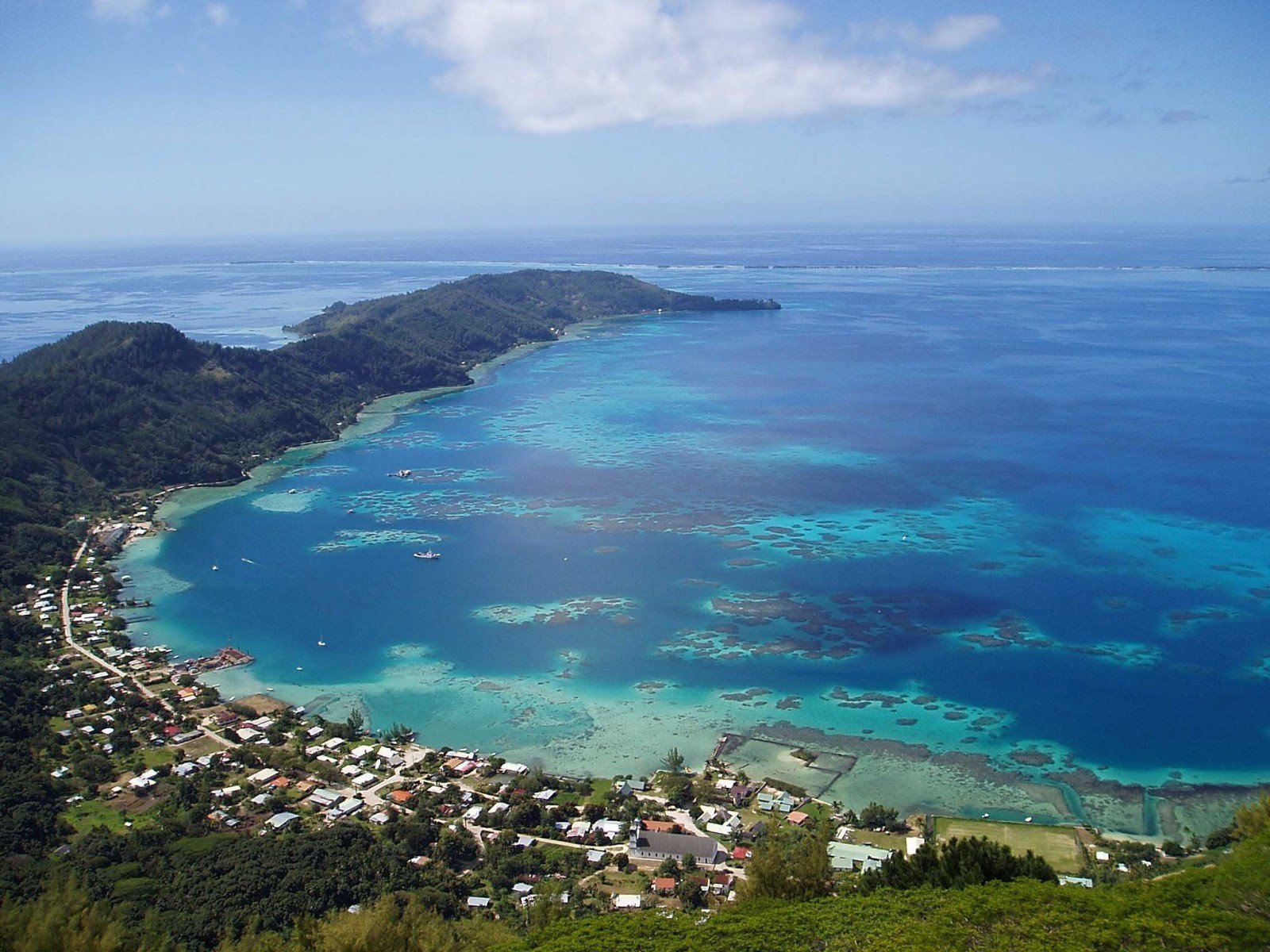The US-China competition is gradually embracing the South Pacific region. At the first US – Pacific Island Country Summit on September 28-29, the US and the Pacific island states announced a range of partnership agreements related to issues like maritime security, economic growth, pandemic recovery and the climate change as a push against China’s outreach[1]. The new deal was accompanied with $860m investment in expanded aid programs in order to reaffirm the U.S. presence in the region [2].
Washington intends to expand its diplomatic engagement with the South Pacific island states. It aims to deepen longstanding ties, increase staffing and open embassies in the Republic of Kiribati, the Kingdom of Tonga[3] and the Solomon Islands[4] as a counter-measure to the China-Solomon Islands security pact signed in April 2022. This event was referred to as the worst failure of Australian foreign policy in the Pacific in decades [5].
To put this in context, the security agreement represents something of a turning point in China’s policy in the South Pacific region. It set out conditions for the PRC’s deployment (the military personnel, the armed police, support services) on the territory of Solomon Islands. The deal had been negotiated by a small team, trusted by the Prime Minister since it had been proposed in mid-2021[6].
In navigating diplomatic and military minefields, Beijing insists that its security cooperation with Solomon Islands is “open and above board” and responds to Honiara’s interests.[7] The two countries agreed to conduct cooperation in areas like maintenance of social order, protection of people and property, humanitarian assistance and natural disaster response. The aim is to help Solomon Islands to strengthen capacity building in safeguarding its own security and prosperity.
Solomon Islands and China established official diplomatic relations in 2019. It was accompanied by Honiara’s cutting diplomatic relations with Taipei[8]. Later on, Beijing succeeded in convincing another Pacific island state, Kiribati, to switch recognition from Taiwan to China. Apart from the signed “Belt and Road” initiative (BRI) cooperation plans between the PRC, Vanuatu and Papua New Guinea, Beijing has achieved progress in security and development areas (for instance, Malakula island highway in Vanuatu, Pohnpei highway in Micronesia, reconstruction of Tonga national road)[9]. In recent years, China and Vanuatu have increased practical cooperation in maritime domain, fishery, technology and police exchanges[10]. Moreover, a potential construction of the PRC’s military base in Vanuatu, in close proximity to Australian and New Zealand coast, signals that China's economic instruments are slowly expanding, which may challenge a long-standing balance of power in the South Pacific region[11].
Responding to this event and the associated risks, Australia’s Foreign Minister Penny Wong warned of regional consequences stemming from the new controversial security pact, as the Chinese Foreign Minister Wang Yi made a tour around the Pacific islands. Nevertheless, neither Canberra nor Auckland, not to mention Washington, seems to be active enough to prevent Beijing’s new deals and its subsequent attempts to increase its presence in the region[12].
Exemplified by the South China issue, this experience has long been tested in Southeast Asia. For the PRC, the South Pacific region is important in terms of controlling strategically important waterways and the exclusive economic zone of Micronesian, Melanesian and Polynesian Pacific island states. Like in the South China Sea, the People’s Liberation Army (PLA) seeks to build naval bases and strategic facilities in the South Pacific with an aim to monitor the sea lanes of communication from Latin America to East Asia and the Indian Ocean.
Perhaps tellingly, China’s initiative “Common Development Vision” that followed the Sino-Solomon security arrangement also raised a storm of criticism in the West. The ambitious multilateral deal that was outlined in the position paper proposed ten small Pacific island states to endorse a diversified action plan[13]ranging from non-traditional and traditional security to a free trade area/ Thereby, in May 2022, Foreign Minister Wang Yi visited Papua New Guinea, Vanuatu, Solomon Islands, Samoa, Tonga, Kiribati, Timor-Leste and Fiji to hold practically-oriented discussions[14].
Revealingly, Canberra worries about Beijing’s ability to buy island elites. The BRI implementation in the South Pacific mirrors the PRC’s overall approach: investing in infrastructure construction, supporting long-term projects that potentially can generate sustainable growth without raising politically sensitive issues. China’s grants, interest-free loans and concessional loans do not include traditional donor mandatory requirements with a focus on democracy, good governance etc. To predict further outcomes is easy, as the pattern “financial aid and debt-trap” is a common occurrence.
Due to underdeveloped multilateral cooperation in the South Pacific region, commodity-processing and supply-production chains have not been formed. Vast distances between micro-states and their relatively small population, as well as a low level of economic development, do not allow them to compete with regional big players. As a consequence, Australia and New Zealand are the only beneficiaries, which is exemplified by the PACER (the Pacific Agreement on Closer Economic Relations Plus) interim results. Even considering the proximity factor, Australia and New Zealand retain tariff restrictions on certain products from the South Pacific island states, which further increases their vulnerability.
In these circumstances, China’s arrangements aimed at maintaining regional security and fostering cooperation may incentivize Beijing to increase its military presence in the South Pacific region. The PRC’s engagement with South Pacific small island states is promising for the latter from an economic and a commercial perspective. Logically, it makes both Canberra and Wellington nervous about prospects for further increase in Beijing’s influence in their vicinity.
In sum, the dynamics of the security situation in the South Pacific region paints a complex picture that cannot be captured by a single expert comment. This factor adds relevance to the topic and further attempts to thoroughly and systematically explore it.




Комментарии
Добавить комментарий